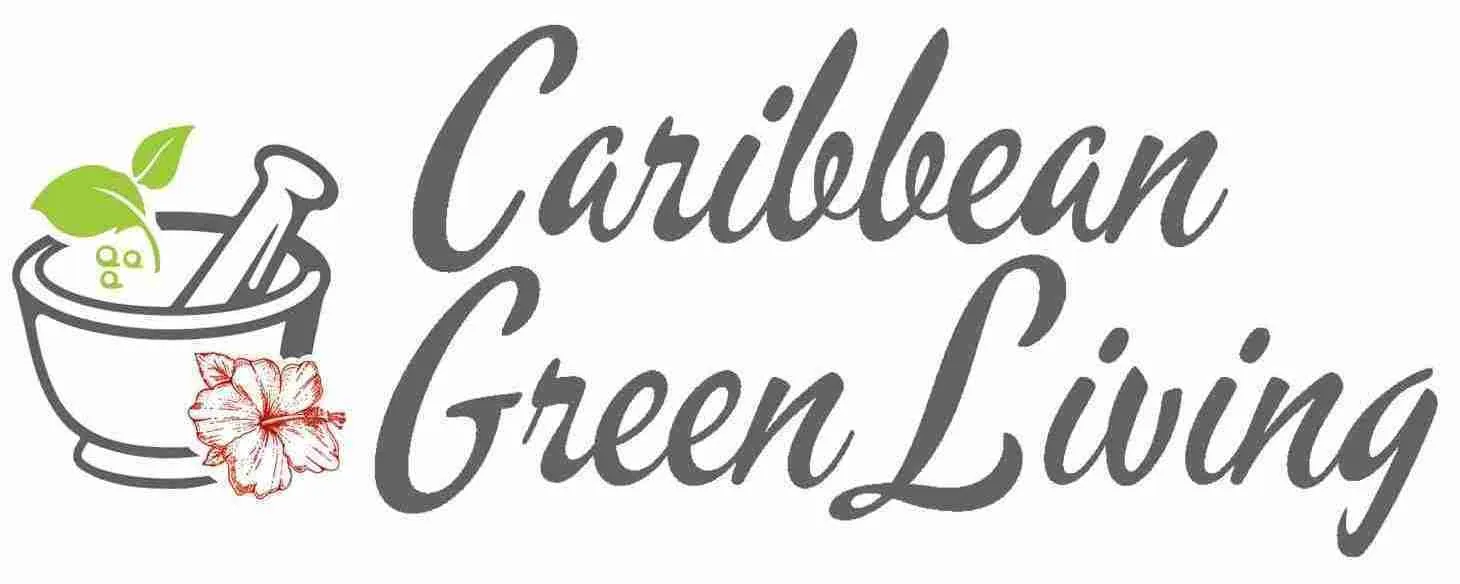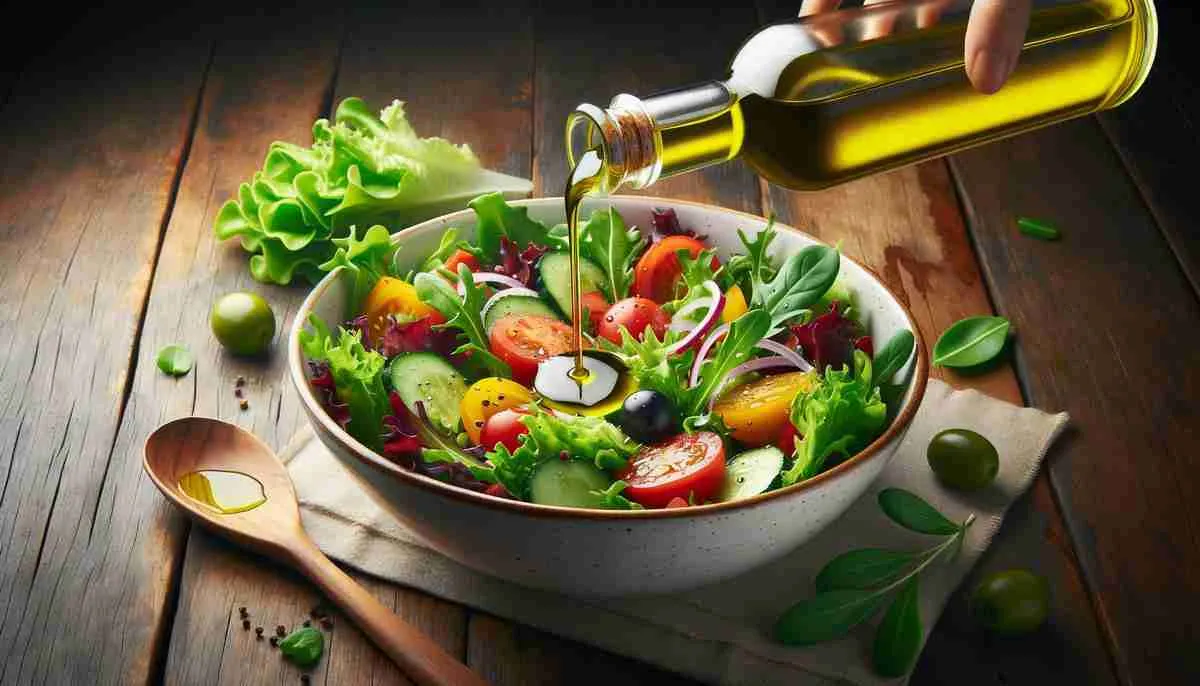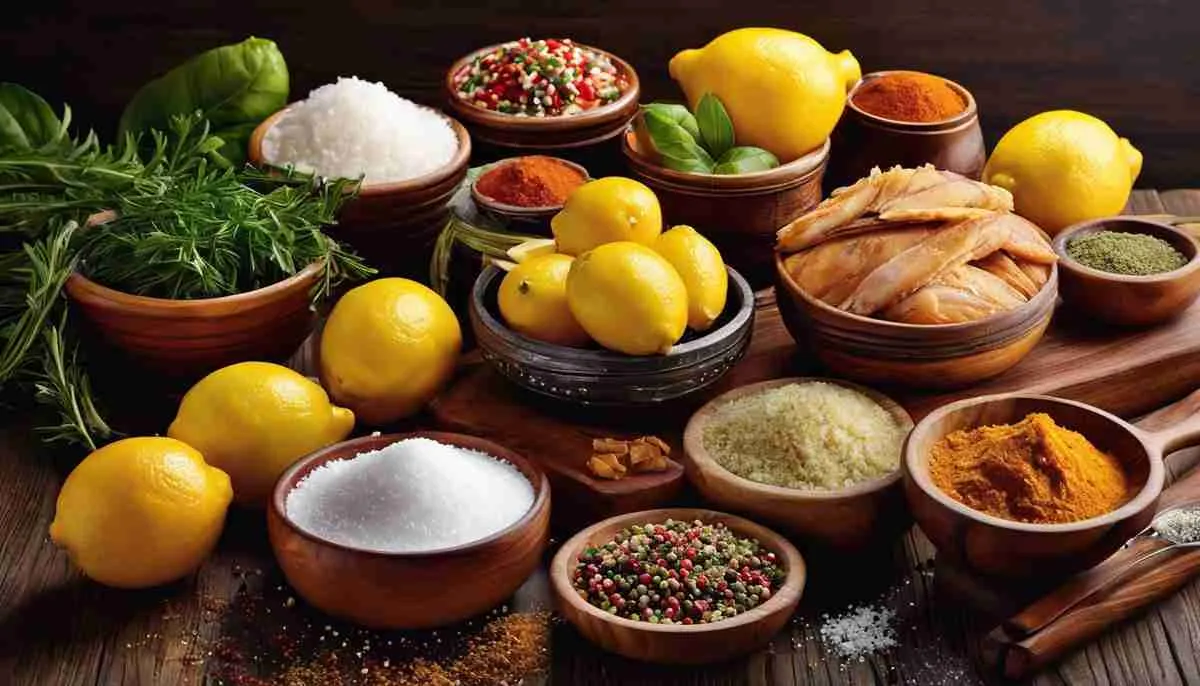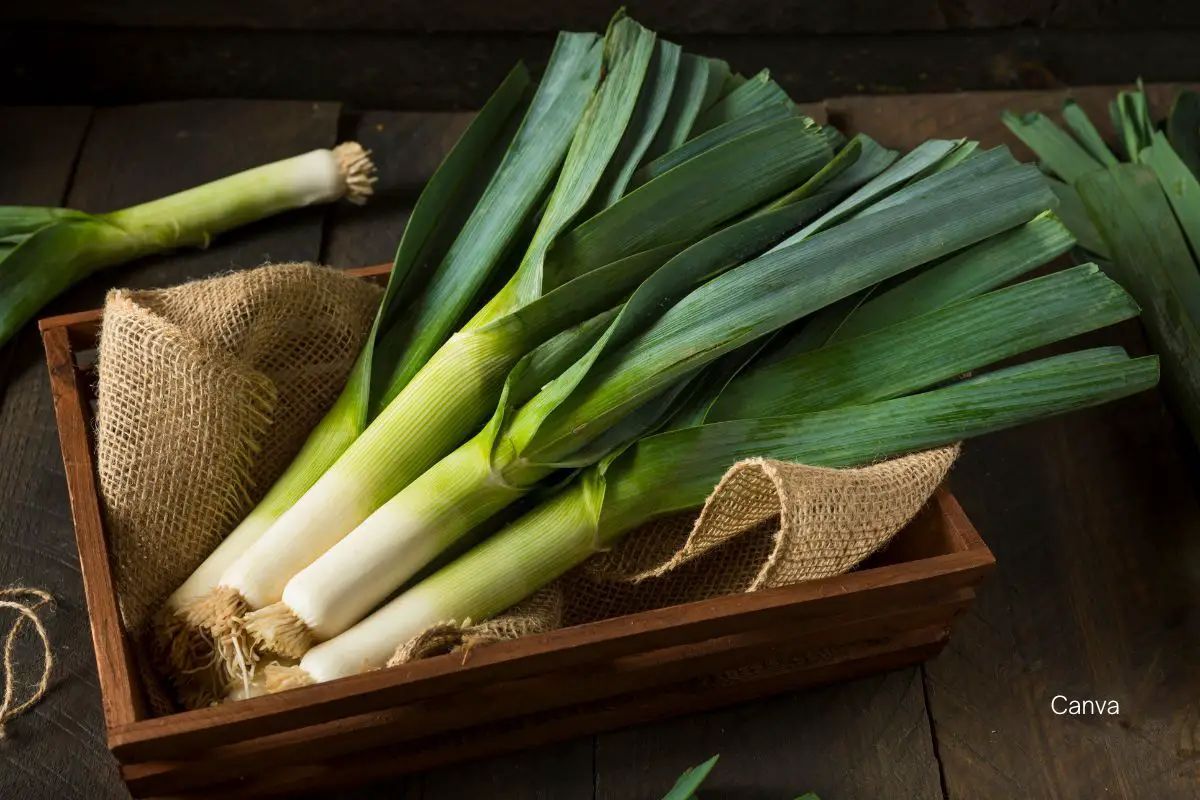How many cups are in 32oz?
Are you ever stuck wondering how many cups are in 32oz when cooking or baking? You’re not alone! Converting ounces to cups can feel confusing if you’re not used to it, but once you get the hang of it, measuring liquids becomes a breeze. Whether you’re a kitchen pro, a casual cook, or just starting to get into recipes, understanding this conversion is super helpful.
Let’s clear up the mystery of liquid measurements by answering the question: How many cups are in 32 ounces? And along the way, you’ll pick up some quick tips to make measuring liquids easier and more accurate.
Here’s what we’ll cover:
- Understanding fluid ounces and cups
- Handy conversion formulas (including the answer to our 32-ounce question!)
- Tips and tricks for mastering liquid measurements
So, grab your measuring cup, and let’s get started!
Let’s dive into how many cups are in 32oz or how many cups is 32oz!
So, how many cups are in 32 ounces? The answer is 4 cups. This is because 1 cup equals 8 ounces, so 32 ounces equals 4 cups.
Difference Between Fluid Ounces and Cups
Fluid ounces and cups are both units of volume used to measure liquids. However, there is a difference between the two.
- Fluid ounces (fl oz) are a unit of volume in the United States customary system and the imperial system. One fluid ounce is equal to 1/128 of a gallon.
- Cups (c) are a unit of volume in the United States customary system. One cup is equal to 8 fluid ounces.
Therefore, there are 4 cups in 32 fluid ounces. This is because 32 divided by 8 equals 4.
There are 4 cups in 32 ounces. This conversion applies specifically to fluid ounces, commonly used for measuring liquids in recipes.
Remember, 1 cup is equal to 8 fluid ounces. So, to convert from ounces to cups, simply divide the number of ounces by 8.
For instance, to find out how many cups are in 32 ounces, we perform the following calculation:
32 ounces / 8 ounces/cup = 4 cupsIt’s important to note that there are also dry ounces used for dry ingredients, and one cup of dry ingredients is equal to 4.8 dry ounces. This distinction is important if you’re ever working with dry recipe measurements.
How to Convert Between Fluid Ounces and Cups
To convert between fluid ounces and cups, you can use the following formulas:
- Cups = Fluid ounces / 8
- Fluid ounces = Cups * 8
For example, to convert 20 fluid ounces to cups, you would divide 20 by 8:
20 fluid ounces / 8 = 2.5 cups
Let’s see how this conversion helps when scaling recipes.
Imagine a recipe calls for 2 cups of milk. To adjust this recipe to use a different amount of milk, say half the amount, you’d need to halve both the cups and the ounces. Here’s the conversion:
- Original recipe: 2 cups = 16 ounces (2 cups * 8 oz/cup)
- Half recipe: 1 cup = 8 ounces (1 cup * 8 oz/cup)
This principle applies to any recipe ingredient measured in cups. Just remember to convert the cups to ounces using the 8:1 ratio, then adjust the amount as needed for your recipe size.
Remember: This conversion is for fluid ounces, which are typically used for measuring liquids in recipes. Dry ingredients, such as flour, are measured in dry ounces, and one cup of dry ingredients equals approximately 4.8 dry ounces. So, be sure to check the recipe to see if it specifies “cups” or “ounces” for dry ingredients.
Here are some additional tips for converting between ounces and cups:
- If you have a kitchen scale, you can easily weigh your ingredients and then convert the weight to cups.
- Many online calculators can help you with this conversion.
- Once you know how many cups are in a given amount of ounces, you can start to use this knowledge to cook and bake more confidently.
There are 4 cups in 32 ounces.
1 cup is equal to 8 ounces, so 32 ounces is equal to 4 cups.
Here’s the calculation:
32 ounces / 8 ounces/cup = 4 cups
I hope you have a better understanding now. Fluid ounces and cups are both units of volume used to measure liquids. However, there is a difference between the two. One cup is equal to 8 fluid ounces. To convert between fluid ounces and cups, you can use the formulas above. Let’s learn a little bit more.
Understanding fluid ounces and cups
When measuring liquids, two of the most commonly used units of measurement are fluid ounces and cups. Understanding the relationship between these two measurements is key to accurately converting between them.
A fluid ounce (fl oz) is a unit of measurement used to measure the volume or capacity of a liquid. One fluid ounce is equal to 1/128th of a gallon, which is approximately 29.57 milliliters. It is important to note that fluid ounces differ from dry ounces, which measure weight.
On the other hand, a cup is a unit of volume often used in cooking and baking. One cup is equal to 8 fluid ounces or approximately 236.59 milliliters. Cups are typically used to measure ingredients like flour, sugar, milk, and water.
Now that we have a basic understanding of fluid ounces and cups, let’s explore how we can convert between the two.
Converting fluid ounces to cups
Converting fluid ounces to cups is straightforward once you understand the conversion factor. Since 1 cup is equal to 8 fluid ounces, you can divide the number of fluid ounces by 8 to get the equivalent number of cups.
For example, if you have 16 fluid ounces, you divide 16 by 8, equaling 2 cups. Similarly, if you have 32 fluid ounces, you would divide 32 by 8, giving you 4 cups.
It’s important to remember that when converting fluid ounces to cups, the result may not always be a whole number. In such cases, you can use fractions or decimal values to represent the partial cup measurement. For instance, if you have 10 fluid ounces, the equivalent in cups would be 1 and 1/4 cups or 1.25 cups.
Now that you know how to convert fluid ounces to cups, let’s determine how many cups are in 32 ounces.
How many cups are in 32oz?
To determine how many cups are in 32 ounces, we can use the conversion factor that 1 cup equals 8 fluid ounces. By dividing 32 by 8, we find that there are 4 cups in 32 ounces.
So, if you have a recipe that calls for 32 ounces of liquid and you prefer to measure in cups, you would need 4 cups to equal 32 ounces. This conversion is handy when you’re following a recipe that provides measurements in fluid ounces, and you prefer to work with cups.
Common conversions for cups and fluid ounces
While we’ve covered the conversion between cups and fluid ounces, it’s also useful to know some common conversions for both units of measurement. Here are a few examples:
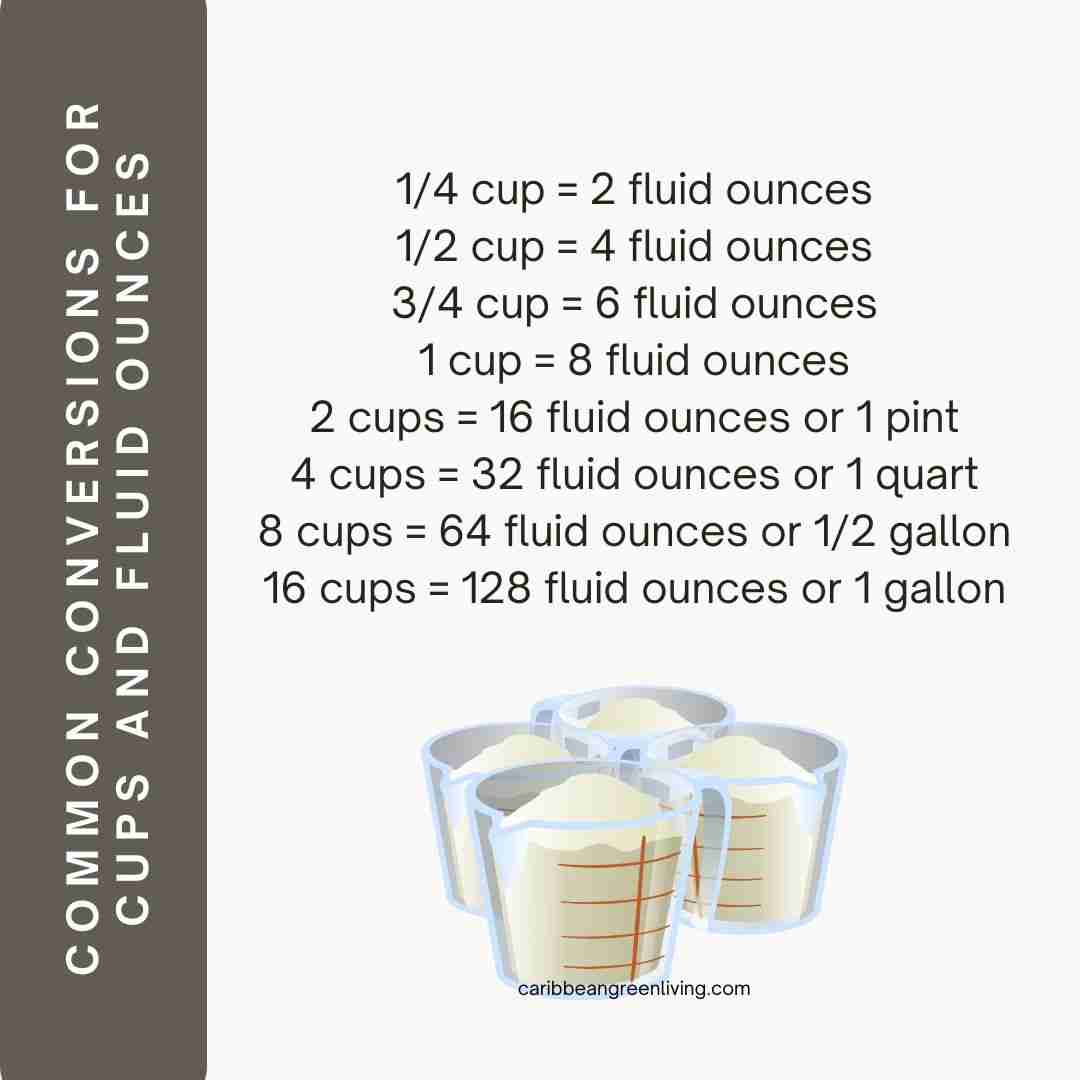
Having these conversions at your fingertips can make it easier to measure ingredients accurately and follow recipes with different measurement units.
Tips for measuring liquids accurately
When it comes to measuring liquids, accuracy is key to ensuring the success of your recipes. Here are some tips to help you measure liquids accurately:
1. Use a clear, liquid measuring cup: A transparent cup with clear markings lets you see the liquid level accurately.
2. Place the measuring cup on a flat surface: To get an accurate measurement, ensure that the measuring cup is on a level surface and not tilted.
3. Read the measurement at eye level: When measuring liquids, make sure you are at eye level with the markings on the measuring cup to avoid any errors.
4. Pour slowly and steadily: Pour the liquid slowly into the measuring cup to prevent any spillage or overpouring. This will help you achieve a precise measurement.
5. Use a liquid measuring spoon for smaller quantities: For smaller amounts of liquid, a liquid measuring spoon can be more accurate than a regular teaspoon or tablespoon.
By following these tips, you can ensure that your liquid measurements are accurate and consistent, leading to better results in your culinary endeavors.
Do you remember how many cups are in 32 z?
Converting recipes from cups to fluid ounces
Converting recipes from cups to fluid ounces can be useful if you prefer to work with fluid ounces or if a recipe provides measurements in cups and you need to convert them to fluid ounces. You can use the conversion factor of 1 cup = 8 fluid ounces to convert from cups to fluid ounces.
Let’s say you have a recipe that calls for 2 cups of milk. To convert this to fluid ounces, you would multiply 2 by 8, giving you 16 fluid ounces. Therefore, you would need 16 fluid ounces of milk for that particular recipe.
Converting recipes from cups to fluid ounces allows for greater precision when measuring ingredients, especially when dealing with smaller quantities.
Converting recipes from fluid ounces to cups
Conversely, you can easily convert the measurements if you have a recipe that provides fluid ounces measurements and prefers to work with cups. By using the conversion factor of 1 cup = 8 fluid ounces, you can divide the number of fluid ounces by 8 to get the equivalent in cups.
For example, if a recipe calls for 24 fluid ounces of water, you divide 24 by 8, equaling 3 cups. Therefore, you would need 3 cups of water for that particular recipe.
Converting recipes from fluid ounces to cups can make it easier to follow recipes that use different measurement units and allow you to work with the measurement unit you prefer.
Do you know by now how many cups are in 32oz?
Using measuring tools for precise measurements
When it comes to measuring liquids accurately, having the right tools can make a significant difference. Here are some commonly used measuring tools for precise liquid measurements:
1. Liquid measuring cup: A liquid measuring cup is designed to measure liquids accurately. It usually has a spout for easy pouring and clear markings to indicate different measurements.
2. Measuring spoons: Measuring spoons come in different sizes, including teaspoons and tablespoons. These are useful for measuring smaller quantities of liquids, such as vanilla extract or lemon juice.
3. Measuring pitchers: Measuring pitchers are larger containers with clear markings that allow you to measure larger quantities of liquids, such as when making large batches of soup or stock.
4. Kitchen scale: Although not specifically designed for liquids, a kitchen scale can be useful for measuring liquids by weight. This is especially useful when following recipes with ounce or gram measurements.
By using these measuring tools, you can ensure precise and accurate liquid measurements, resulting in consistent and delicious outcomes in your cooking and baking endeavors.
Conversions for other popular measurements
While cups and fluid ounces are commonly used measurements, it’s also important to be familiar with conversions for other popular units of measurement. Here are some common conversions you may come across:
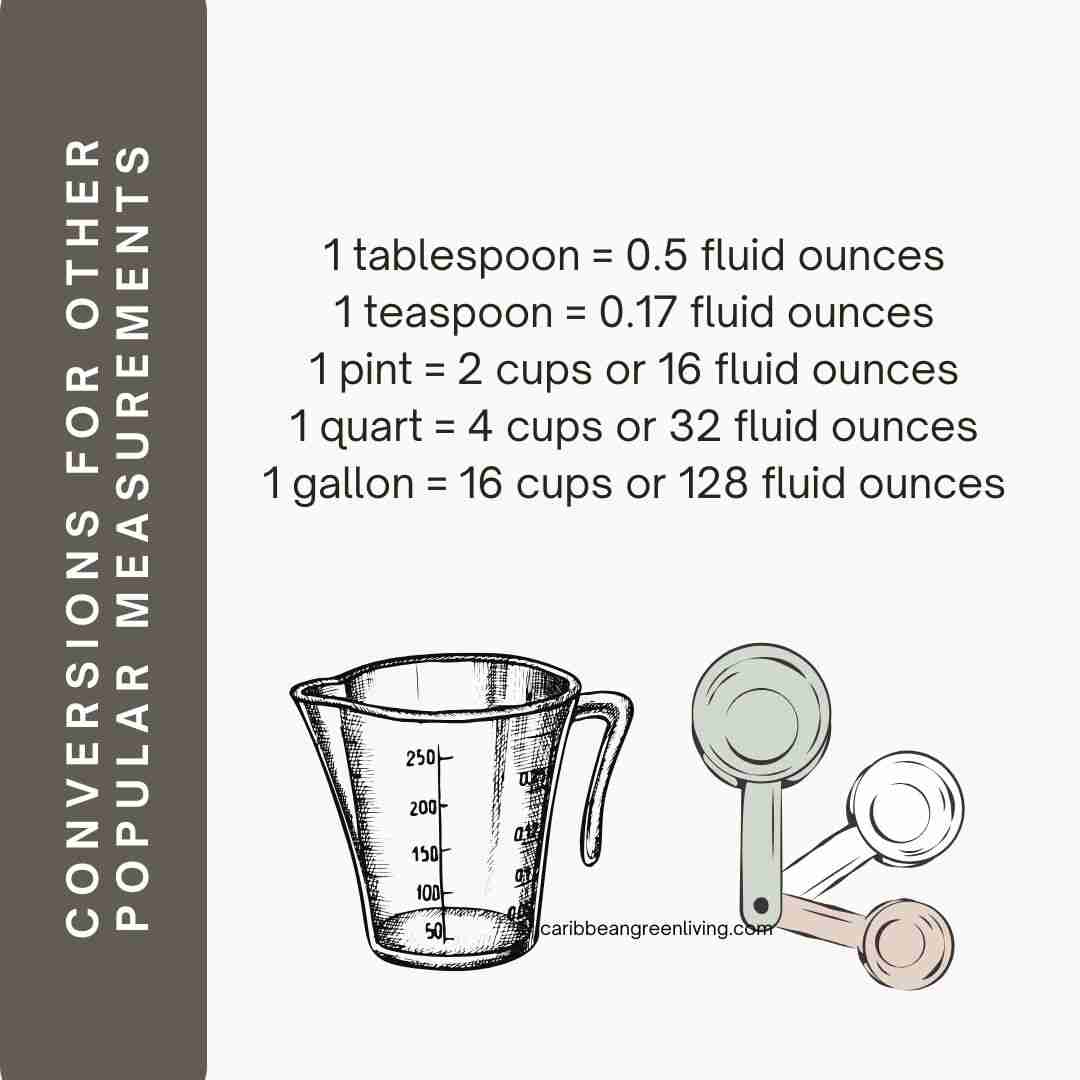
Here’s a detailed table of common liquid measurements and their equivalent in cups:
| Liquid Measurement | Cups |
| 1 teaspoon (tsp) | 1/48 |
| 1 tablespoon (tbsp) | 1/16 |
| 1/4 cup | 1/4 |
| 1/3 cup | 1/3 |
| 1/2 cup | 1/2 |
| 2/3 cup | 2/3 |
| 3/4 cup | 3/4 |
| 1 cup | 1 |
| 1 pint (pt) | 2 |
| 1 quart (qt) | 4 |
| 1 gallon (gal) | 16 |
Being familiar with these conversions can help you navigate recipes that use different measurement units and allow you to make accurate adjustments as needed.
Wrapping It Up
Now you know that 32oz to cups equals 4 cups—easy math that will help you tackle your recipes with confidence. Understanding this simple conversion unlocks better accuracy and saves you from guesswork in the kitchen.
Next time your recipe calls for 32 ounces of a liquid ingredient, just remember the magic number 4 — that’s how many cups you need.
Happy cooking and measuring!
